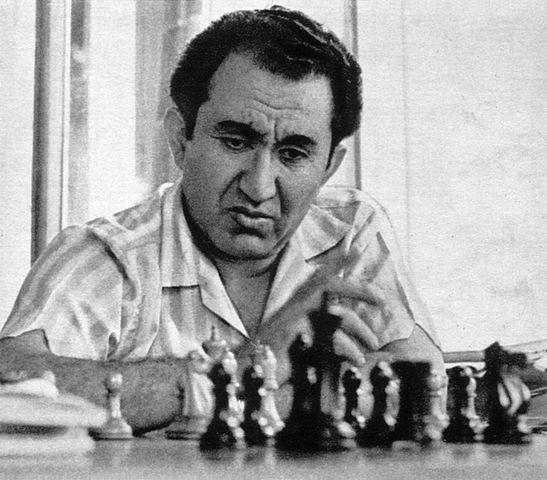
The Secret Weapon Of Super Grandmasters
The German philosopher Arthur Schopenhauer once said: "Every truth passes through three stages before it is recognized. In the first it is ridiculed; in the second it is opposed; in the third it is regarded as self-evident."
There are many chess ideas that went through these stages.
For example, a positional exchange sacrifice was an extremely rare occurrence in the games played in the 19th century. In his annotations to one of the games GM Tarrasch, dismissed such a sac as losing for Black even though these days most of chess players would prefer Black's position after that exchange sacrifice!
Of course today it is one of the most common technical ideas. Moreover, in some openings you should really expect it, like for example the Rxc3 sacrifice in the Sicilian.
The following game was a subject of a well publicized quarrel between then World Champion Garry Kasparov and GM Sergei Movsesian:
Movsesian was one of many grandmasters who Kasparov called "chess tourists," and after this game Garry was wondering how could a GM allow such an obvious sacrifice.
 '
'As you can see, these days an exchange sacrifice is a part of the common knowledge and you can hardly surprise anyone with it. But there is its distant cousin, which is virtually unknown by the majority of chess players and yet employed relatively frequently by super grandmasters. I am talking about a double exchange sacrifice.
Just try to remember when was the last time you sacrificed two exchanges in the same game?
The famous Coca-Cola jingle states:
Wherever there's a pool there's always a flirt,
Whenever there's school, there'll always be homework,
Wherever there's a beat, there's always a drum,
Whenever there's an exchange sac, there's always Petrosian!

Well, I don't remember if the last line was indeed in the Coca-Cola commercial, but it is certainly true! And when we talk about such a rare bird of chess as a double exchange sac, Petrosian was one of the first players to employ it!
And here is the same game 10 moves later:
As much as I like this game, to be fair, both sacrifices were pretty obvious for an experienced chess player. But in most of the cases it takes a lot of creativity and courage to execute a double exchange sacrifice. And here is the proof:
Looks like just another razor sharp game where Alexey "fire on board" Shirov outcalculated his opponent. But in his home analysis after the game Shirov noticed a hidden opportunity for his opponent:
Therefore Black's idea of winning an exchange by playing 19...Na3 was wrong and he had to settle for an extra pawn after 19...Nxd2.
I always tell my students that a good work on chess will always be rewarded, it is just a matter of time. In the GM Shirov's case he was rewarded a couple of days later. In the last round of the same tournament he was in a must-win situation against a strong Soviet GM Evgeny Bareev:
Then 20 moves later...
And then the story took a surprising turn!
Check in next week for the exciting conclusion.
RELATED STUDY MATERIAL
- Check out GM Serper's last article: Secrets of the Super Pawn.
- Learn from the best with our Petrosian video series!
- Play as Petrosian in the Chess Mentor.
- Practice your pawn tactics in the Tactics Trainer.
- Looking for articles with deeper analysis? Try our magazine: The Master's Bulletin.






